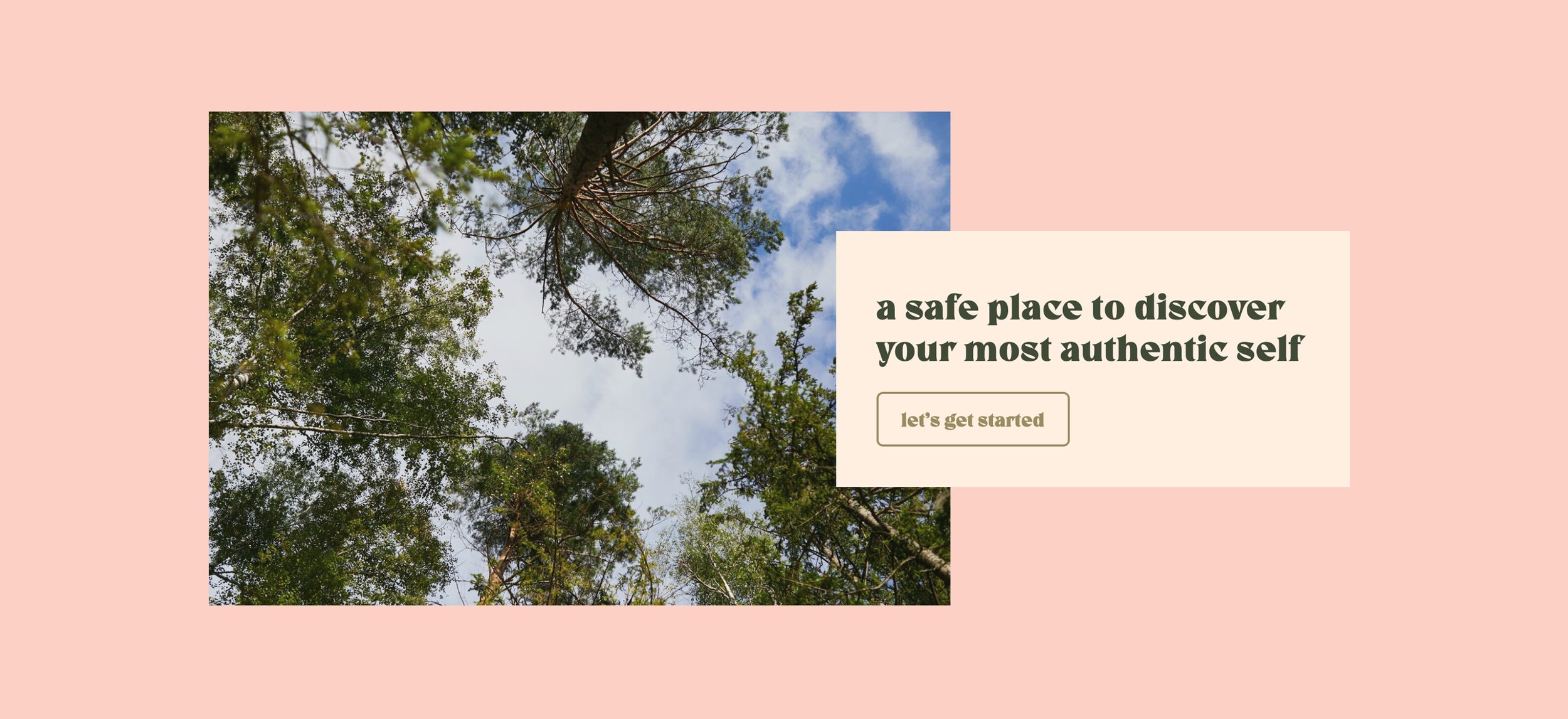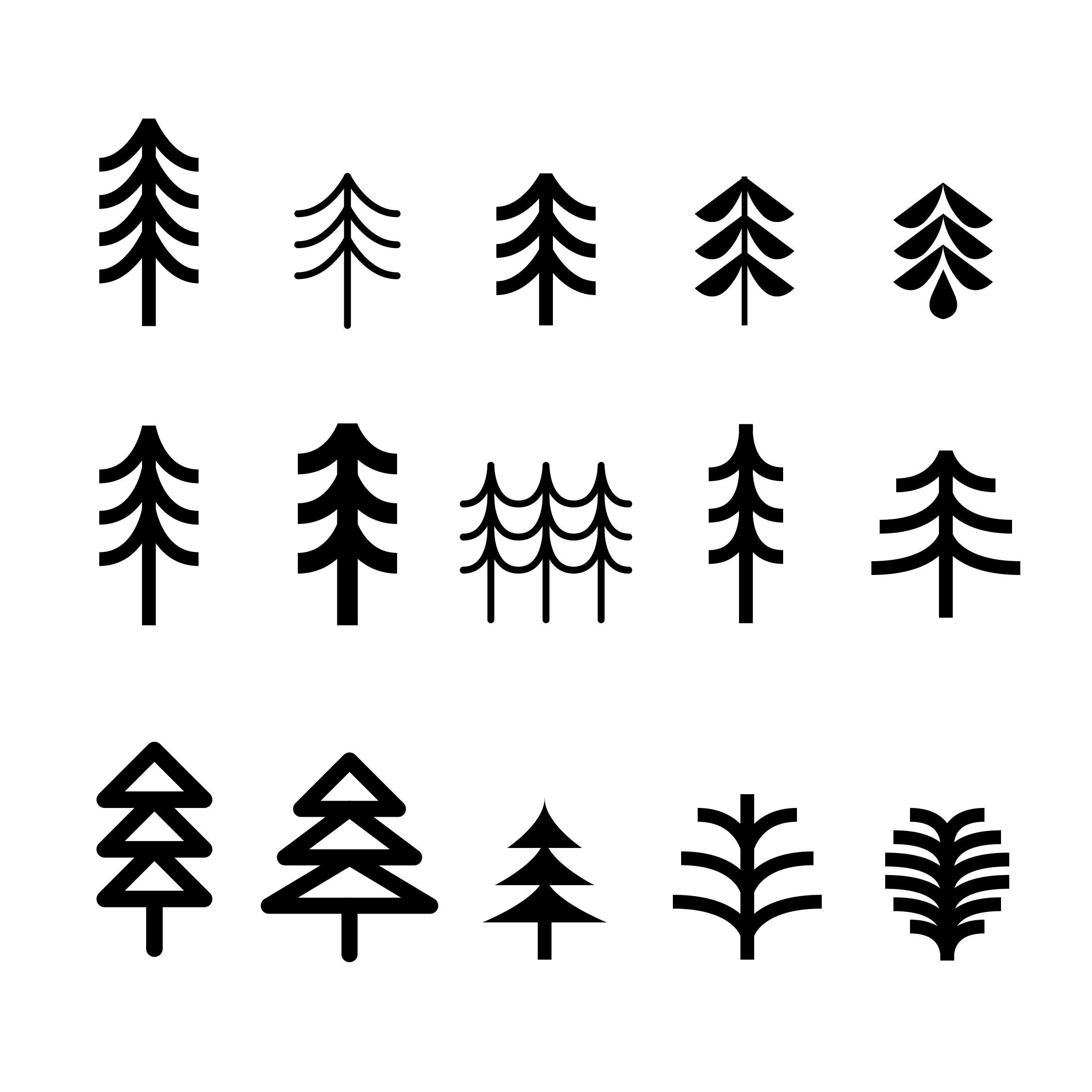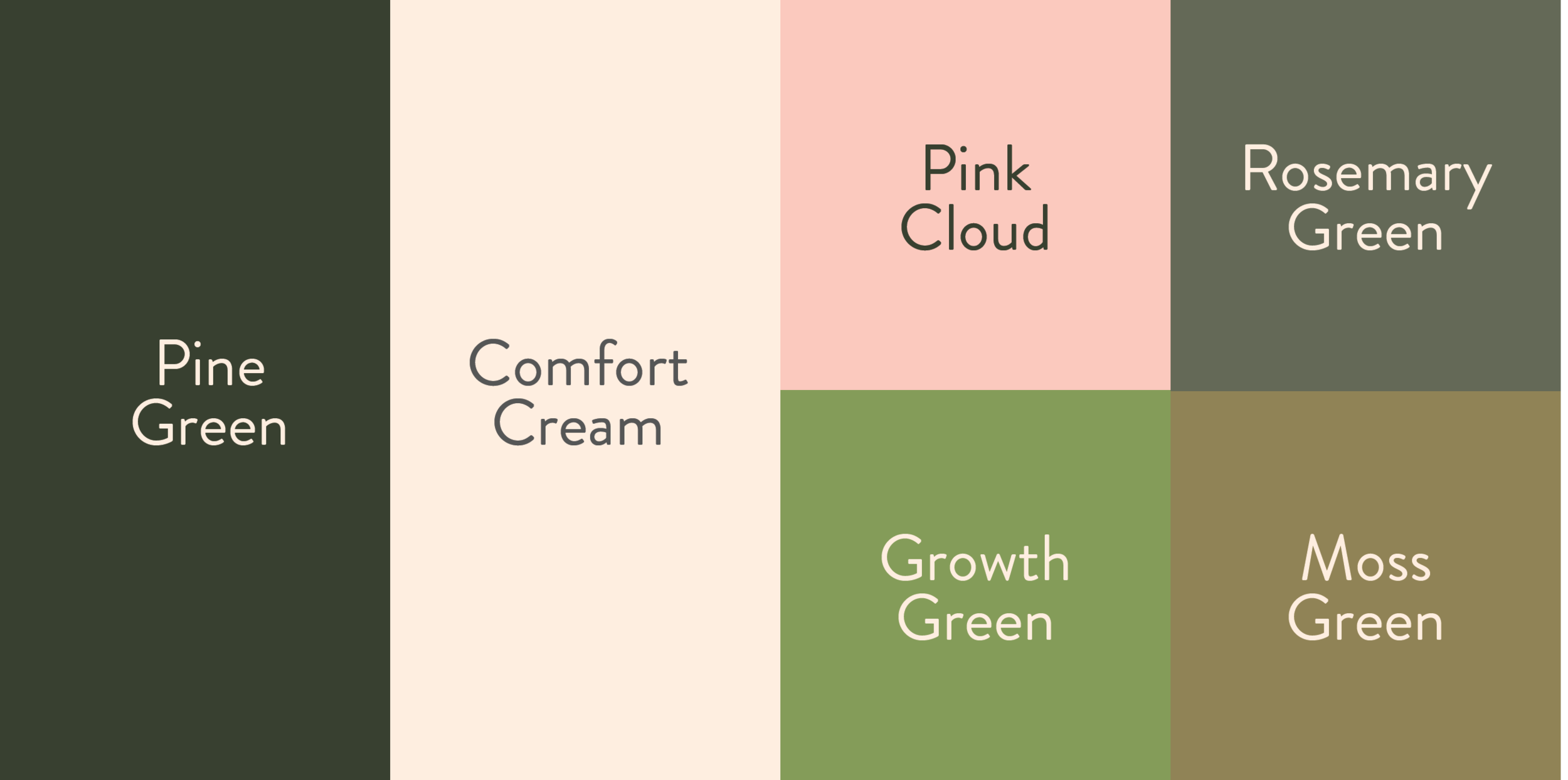
Overview
Mental health access in the U.S. remains a significant issue, especially for communities of color. Juniper Counseling, a newly formed Asian American-owned practice, needed a warm, welcoming, and distinctly non-clinical brand. With therapy demand rising post-pandemic, we saw an opportunity to position Juniper as a trustworthy, healing-first practice rooted in cultural humility.
The challenge: design a brand identity and digital experience from scratch that resonated with BIPOC clients, reduced friction in the search for therapy, and clearly communicated Juniper’s unique therapeutic philosophy.
RESULTS
Fully booked in 6 months · 200% increase in consultations · Increased community engagement through social content
CLIENT
Juniper Counseling
CAMPAIGN
Brand Identity & Digital Launch
MY ROLE
Creative Director & Lead Consultant
I guided Juniper Counseling through strategic brand positioning, providing thought leadership on how to differentiate and effectively communicate their unique therapeutic approach. I established the creative vision, led brand identity development, shaped strategic messaging, oversaw visual and digital execution, and set up comprehensive client engagement strategies.

research
I began by conducting secondary research on therapy trends, racial disparities in mental health access, and key pain points in the therapy search process. To deepen our insight:
MARKET RESEARCH:
Through market research, I was able to gain a more thorough understanding and fill in the gaps of my knowledge about the industry to better inform my design decisions moving forward. Here are some of the key insights that I discovered:
Market Trends
Telehealth usage rates skyrocketing.
Nearly 50% of Americans do not have access to mental healthcare & 50% of psychologists are over 50 years old.
65% of employees do not find current mental health benefits and programs helpful.
53 million Americans report unmet mental health care needs each year due to stigma, costs, time, geographic challenges
Therapy is moving away from the medical model of focusing on symptom reduction and toward the humanistic, client-centered approach.
Demographics
In 2019, 19.2% of adults had received any mental health treatment in the past 12 months
In 2019, nearly one in four women received any mental health treatment (24.7%) in the past 12 months, compared with 13.4% of men.
In 2019, non-Hispanic white adults (23.0%) were more likely than non-Hispanic black (13.6%) and Hispanic (12.9%) adults to have received any mental health treatment.
The significant racial and ethnic disparity in treatment utilization was associated with a lack of health insurance coverage.
Diversity Therapy Discovery
Ethnic/racial minorities often bear a disproportionately high burden of disability resulting from mental disorders.
In 2015, among adults with any mental illness, 48% of whites received mental health services, compared with 31% of blacks and Hispanics, and 22% of Asians.
Asians are less likely to use mental health services than any other race/ ethnic group.
70% of Southeast Asian refugees receiving mental health treatment were diagnosed with PTSD associated with immigration.
COMPETITIVE ANALYSIS:
I wanted to take a closer look at Juniper Counseling’s competitors. I identified some top direct and indirect competitors to compare and evaluate their features. There are many features that overlap as well as features that are unique to the type of service these competitors are offering.
Interviews and PERSONA:
In order to learn about the real experiences people have had while thinking about doing therapy, I developed a survey to ask questions about their experiences. Below I created three personas that presented some of the findings.
Key Insights
People often felt overwhelmed by overly clinical websites and jargon.
Trust and relatability were as important as credentials.
There was a clear preference for therapy framed around growth and resilience, not symptom management alone.

Strategy
I developed a brand platform for Juniper rooted in three pillars:
Human FirsT
Remove clinical distance and speak with warmth and empathy.
Designed with Values
The visual identity was centered on the practice’s belief in resilience, rootedness, and holistic growth.
Clarity and Calm
Build a site and system that empowers, not overwhelms.
We aimed to meet users with calm, affirming clarity and provide an immediate sense of belonging.

Execution
Brand Identity: Designed a logo inspired by the juniper tree—a symbol of quiet strength and paired it with a forest-toned palette (Pine Green, Comfort Cream, Moss Green, and Pink Cloud) to evoke growth and calm.
LOGO
Juniper Counseling’s logotype was built from the typeface Room 205 created by Simon Walker. Keeping the type lowercase creates a sense of approachability compared to a large corporation. I used a set of three simple silhouettes of juniper trees as the logomark. While exploring the options, we landed on this mark due to the simplicity but it also communicated a sense of community.
COLOR PALETTE
Focusing on colors you can find in the forest, these colors symbolize growth and comfort. The main colors of the brand palette are Pine Green and Comfort Cream with four accent colors of Pink Cloud, Growth Green, Rosemary Green, and Moss Green. While the majority of the colors are green, there are two neutral colors to balance the palette.
ICONS
With curved edges and simple lines, this simple set of icons was developed to communicate both simplicities and movement.
UX Design: Built a website focused on simplicity. Prioritized mobile readability, soft transitions, and clear, low-barrier paths to book a consultation.
Social Content: Created a social media system of bite-sized affirmations, therapy insights, and Q&As grounded in research interviews.
Tone & Voice: Rewrote site copy to eliminate therapy jargon and replace it with relatable, kind language.
Consultation Funnel: Designed all flows to lead gently but clearly to a free 15-minute consultation.

Campaign Activations
Humanize the Experience
We wanted the web experience to be personal and interactive. A simple chat feature provided opportunities for users to interact with the owner without picking up the phone or sending an email.
Growth-Oriented Messaging
As we developed the branding, we wanted to use the juniper trees as a symbol of resilience. In nature, junipers trees are able to thrive in challenging situations. We communicated how the practice’s goals centered around developing resiliency and growing your roots.
Resource-Driven Social
As part of our visual storytelling, we launched a series of Instagram graphics that reframed common therapy misconceptions and emphasized accessibility. Our goal was to create approachable, empowering content that helped people take the first step toward mental health support.

Results
200% Increase in
consultation
with the quality of leads leading to higher success in retentions as clients.
fully booked
within the first 6 months
filling all their opening with the therapist having a full caseload.
Resourcing
communities
with tools and mental health practices.

Why It Worked
We listened deeply, especially to those often left out of traditional therapy spaces.
We stripped away barriers—visual, emotional, and informational.
We built a brand that didn't just market services—it built trust.
Clarified Sub:Culture’s story to inspire applications, funding, and engagement.
















